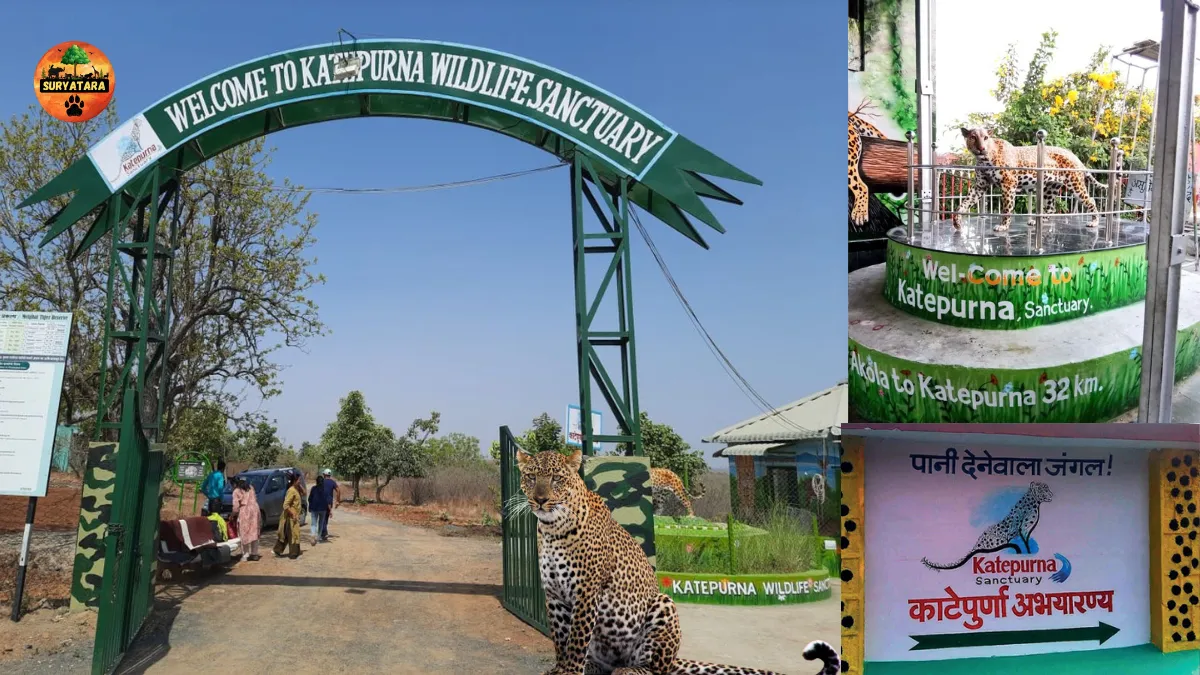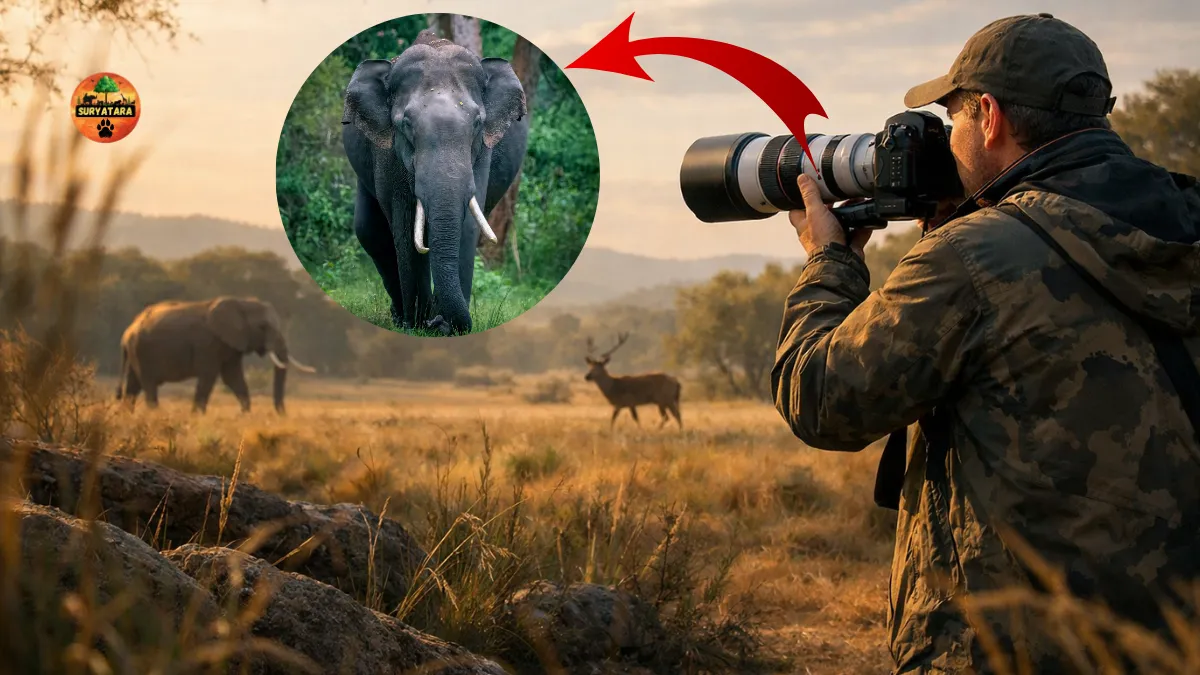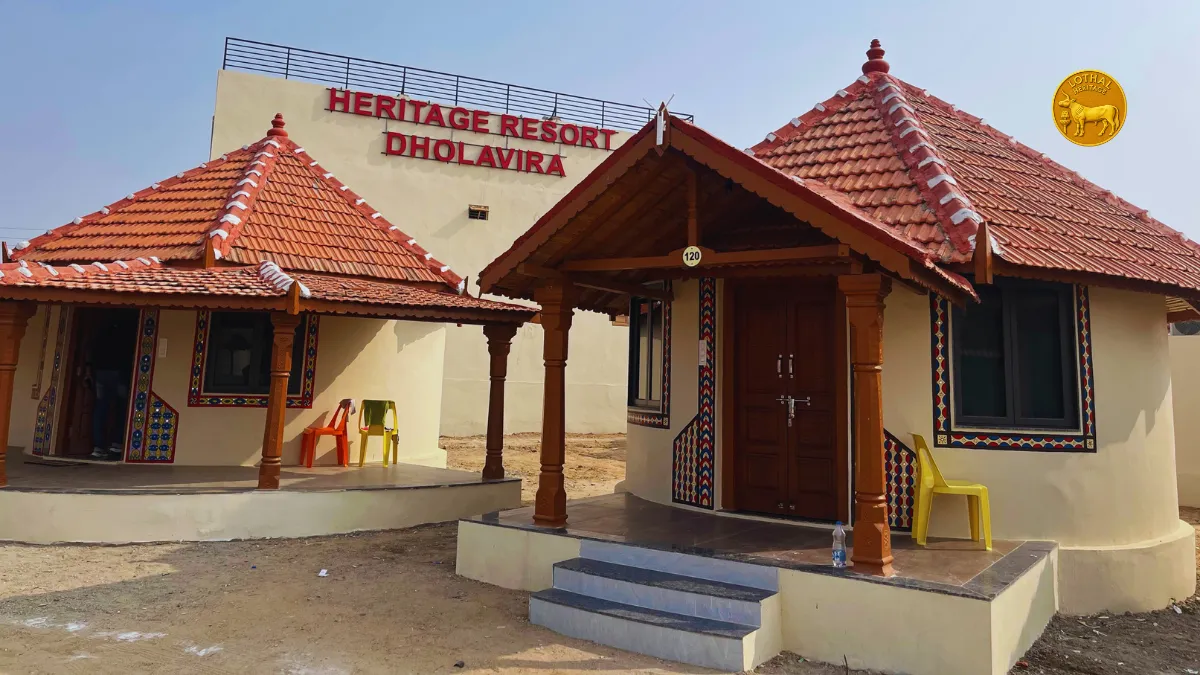Katepurna Wildlife Sanctuary is a tranquil yet biologically significant forest reserve located in the Akola district of Maharashtra, India. Known for its dry deciduous forests, seasonal streams, and rare wildlife, this sanctuary is a haven for both nature lovers and wildlife enthusiasts. Despite being relatively lesser-known, Katepurna is an ecological treasure trove that deserves far more attention than it gets.
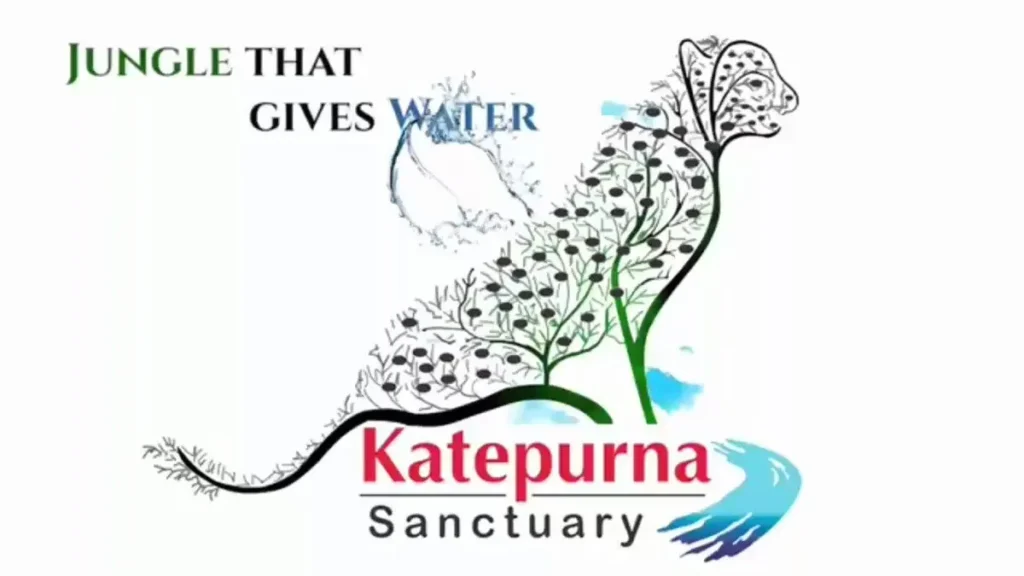
Introduction to Katepurna Wildlife Sanctuary
Established in 1980, Katepurna Wildlife Sanctuary covers an area of approximately 73.69 square kilometers. It derives its name from the Katepurna River, which flows through this region and plays a vital role in supporting its biodiversity. The sanctuary was primarily established to conserve and protect the blackbuck population, but over time, it has become home to a wide range of flora and fauna.
Its landscape is characterized by gently undulating hills, dry grasslands, and patches of dense forests, making it an ideal natural habitat for many species. Moreover, the sanctuary’s proximity to Akola city makes it a convenient yet enriching getaway for wildlife photographers, researchers, and eco-tourists.
Table: Key Information About Katepurna Wildlife Sanctuary
| Feature | Description |
|---|---|
| Location | Akola District, Maharashtra, India |
| Established | 1980 |
| Area | 73.69 sq. km |
| Nearest City | Akola (approx. 25 km) |
| Best Time to Visit | November to March |
| Major Wildlife Species | Blackbuck, nilgai, hyena, wild boar, hare, mongoose |
| Key Bird Species | Peafowl, partridge, quail, drongo, bee-eaters |
| Type of Forest | Southern tropical dry deciduous forest |
| Main River | Katepurna River |
Wildlife at Katepurna Wildlife Sanctuary
One of the main reasons for visiting the Katepurna Wildlife Sanctuary is to observe its thriving wildlife population. The sanctuary was primarily declared to protect the endangered blackbuck, and even today, this graceful antelope remains the star attraction. Apart from blackbucks, visitors can spot animals such as nilgai (blue bull), Indian hare, striped hyena, wild boar, and Indian grey mongoose.
The sanctuary also supports a rich birdlife, especially during the migratory season. Birdwatchers can enjoy sightings of Indian peafowl, partridges, quails, drongos, and bee-eaters. The mix of grassland and forest ecosystems provides an ideal habitat for both ground-dwelling and tree-nesting bird species.
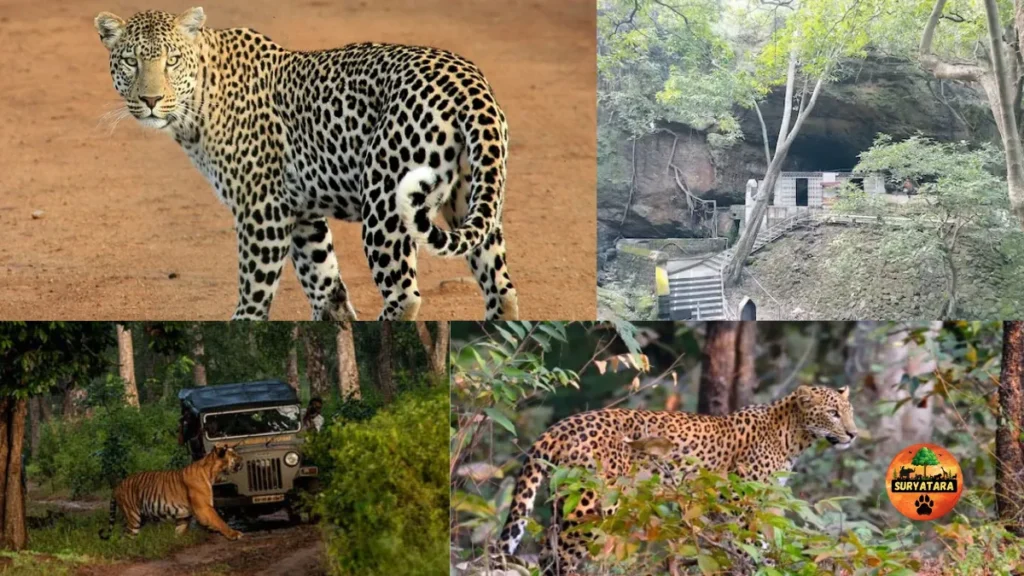
Flora and Ecosystem of Katepurna Wildlife Sanctuary
The vegetation in Katepurna Wildlife Sanctuary is mostly composed of southern tropical dry deciduous forest. Dominant tree species include teak, tendu, palash, and khair. The undergrowth features a variety of shrubs and grasses that not only enrich the soil but also serve as food and cover for herbivorous animals.
Due to its semi-arid climate, the sanctuary witnesses a significant transformation across seasons. During the post-monsoon months, the forest appears lush and vibrant, whereas in summer, the dry grasslands create open vistas that are ideal for spotting wildlife.
Conservation and Eco-Tourism Efforts
The Maharashtra Forest Department actively monitors and manages the Katepurna Wildlife Sanctuary to ensure that wildlife populations are preserved and human interference is minimized. Anti-poaching patrols, habitat restoration efforts, and water conservation programs are in place to protect the delicate ecosystem.
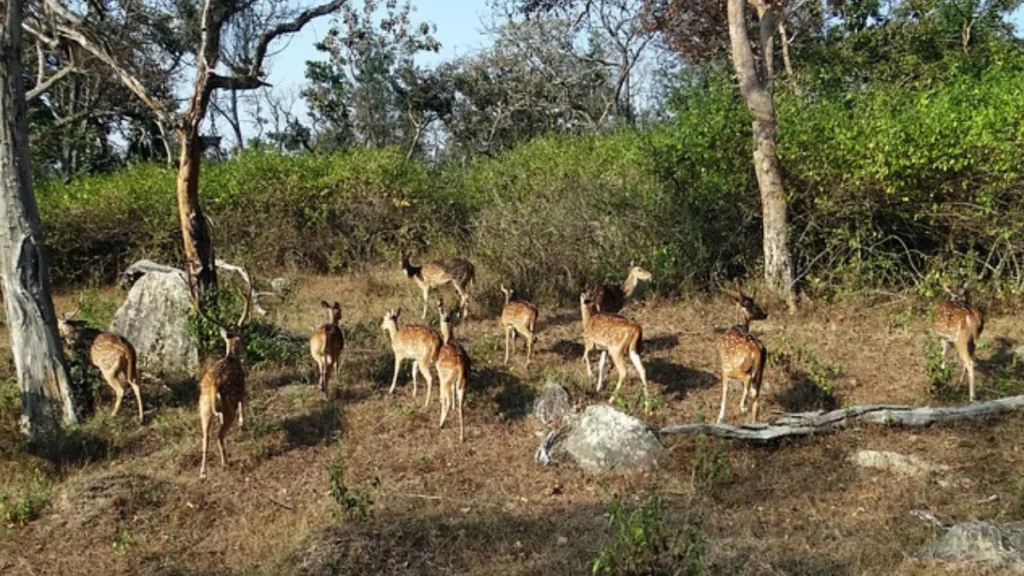
Eco-tourism is slowly being encouraged here, with guided nature walks, birdwatching tours, and environmental education programs for school groups. Since the sanctuary is relatively less crowded, it offers an authentic wildlife experience without the hustle found in more commercialized reserves.
How to Reach Katepurna Wildlife Sanctuary
Reaching Katepurna is convenient, especially for those traveling from central Maharashtra. The nearest city is Akola, located just 25 kilometers away. Akola is well-connected by rail and road to major cities like Nagpur, Amravati, and Mumbai.
- By Road: Regular buses and taxis are available from Akola to the sanctuary.
- By Rail: Akola Junction is the nearest railway station.
- By Air: The nearest airport is in Nagpur, approximately 250 km away.
Best Time to Visit Katepurna Wildlife Sanctuary
The ideal time to visit Katepurna Wildlife Sanctuary is between November and March. During these cooler months, the wildlife is more active and easier to spot, and the weather is pleasant for outdoor activities like trekking and birdwatching. Monsoon months can make internal tracks slippery, while summer months can be extremely hot and dry.
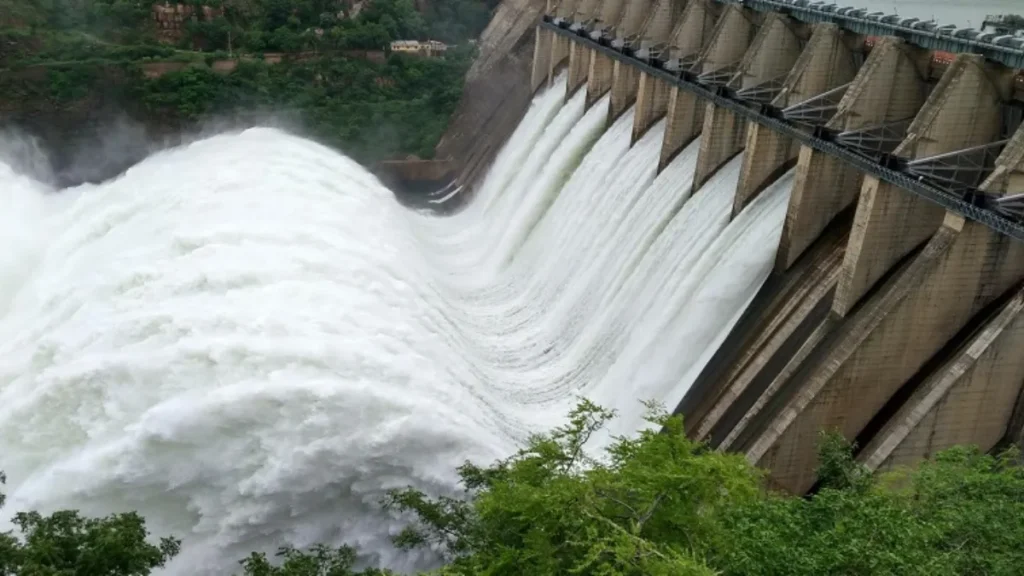
Final Thoughts
Katepurna Wildlife Sanctuary may not be as widely recognized as some of India’s national parks, but it offers a quiet, raw, and immersive experience for those who appreciate nature in its undisturbed form. With its open grasslands, rare species like the blackbuck, and peaceful environment, this sanctuary is ideal for a weekend escape into the wild.
Whether you’re a wildlife enthusiast, birdwatcher, conservationist, or simply someone looking to explore Maharashtra’s natural heritage, Katepurna Wildlife Sanctuary promises a journey filled with discovery, learning, and serenity.
